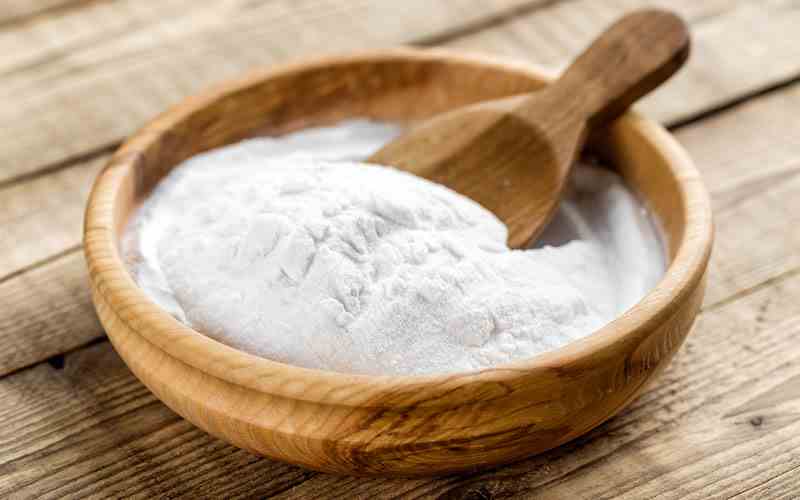A clean lawn is a fungus-free lawn
Fungi begin to spread especially in autumn, as the ground is still warm and humidity levels are beginning to rise. During this season, mushrooms also take advantage of decaying organic matter available in large quantities. These are mostly dead leaves and fruit that have fallen onto your lawn.
To avoid the proliferation of fungi, you must therefore keep your lawn as clean as possible hunting for dead leaves and other decomposing organic matter. You can also aerate your lawn by scarifying it, which is highly recommended in the fall.
Also read: How to maintain your lawn in the fall?
Apply a fungicide
Gardening specialty stores all have a wide range of fungicide products you can buy for your fungus-infested lawn. These products, often chemical and synthetic, must be used with care. They must be sprayed with appropriate tools and often after dilution in water.
Fungicide products are a radical treatment, but their results are rarely definitive. Mushrooms can, in fact, disappear for a while before coming back. You will therefore have to spray the lawn with fungicide again.
Apply baking soda

As an alternative to chemical fungicides, you can use more natural and gentler products like baking soda. This product has no fungicidal properties, but it does slow down the proliferation of fungi. To apply it, mix two tablespoons of baking soda in a liter of waterstir and sprinkle the solution on the fungus-infested areas.
You can also sprinkle your lawn with baking soda powder and water in afterwards. This technique has the advantage of being gentler and of avoiding the use of harmful products, but its results are more uncertain and it must be repeated many times to give the first results.
dishwashing liquid
Dishwashing liquid can be used on a fungus-infested lawn. Diluted in waterthis household product suppresses fungi and prevents them from coming back for a long time.
To use this method, dilute 10 ml of dishwashing liquid in a bucket containing 7 liters of water, mix and use this water to water areas of your lawn that are infected with fungus. The effectiveness of dishwashing liquid is due to its composition including sulfate which prevents fungi from taking advantage of decomposing organic matter.
Spray infected areas with vinegar
Vinegar is known for its fungicidal property. However, you should not do not use food grade vinegar, as this is usually too dilute to have any effectiveness against fungus. You must, on the contrary, provide yourself with garden vinegar available in specialist DIY and gardening stores.
Depending on the concentration of vinegar you use, you must dilute it in a greater or lesser volume of water. To obtain the optimum concentration, carefully follow the instructions contained in the packaging of the vinegar you buy.
Then transfer the vinegar to a spray bottle to apply to any fungus-infested areas.
Take them necessary precautions when spraying, as garden vinegar can be caustic and irritating. In particular, wear protective gloves and clothing covering the full length of your legs and arms. Protect your mouth and nose with a mask and your eyes with goggles.
Also be sure to spray as precisely as possible so as not to reach plants other than the lawn.
Read also :

